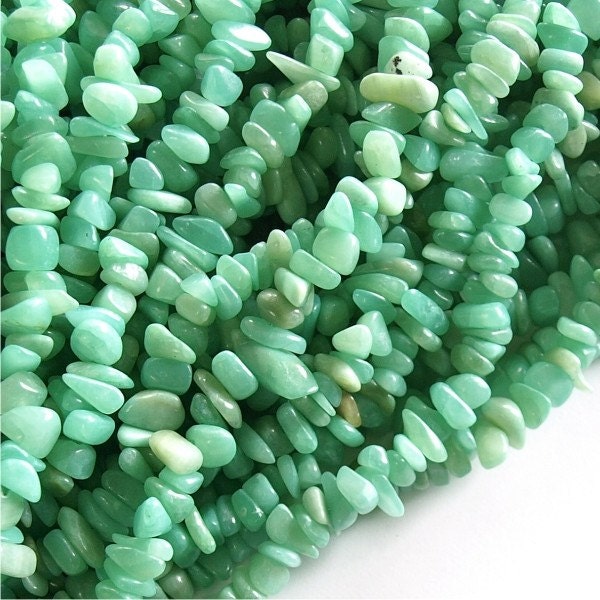Hemimorphite
Hemimorphite, is a sorosilicate mineral which has been mined from days of old from the upper parts of zinc and lead ores, chiefly associated with smithsonite. James Smithson was not only a important scientist, he was also a shrewd investor who amassed a fortune during his lifetime. Though he had never visited the United States, his will stipulated that his wealth should go “to the United States of America, to found at Washington, an establishment for the increase and diffusion of knowledge among men.” In 1846 the Smithsonian Institution was founded with Smithson’s fortune.
Hemimorphite is an important ore of zinc, since the mineral contains over 50% zinc. Gem-quality hemimorphite is usually blue or green, and bears some similarities to chrysocolla, smithsonite and turquoise. In an aggregate form, hemimorphite often displays bands of blue and white, or is mixed with a dark matrix.
is a zinc-containing mineral that was once known as calamine. In 1803 the British chemist and mineralogist James Smithson discovered that there were two different minerals under the heading of calamine, a zinc carbonate and a zinc silicate, which often closely resembled each other.
The zinc carbonate was later named smithsonite in honor of Smithson, while the zinc silicate was named hemimorphite. The name calamine is no longer in use in mineralogy; now it is used only for the pink mixture known as “calamine lotion,” which contains zinc oxide and iron oxide.
Hemimorphite is linked to self expression and communication. Linked primarily to the throat chakra, but also opens the inner flute to the heart and crown increasing the connection between all three. Therefore it stimulates an openness, and willingness to share who we really are. It promotes peace and understanding in the self, because of the openness it generates within.
Healers use this stone to relieve PMS, achieve balance during hormonal-related headaches and other maladies, weight loss, ulcer conditions.
